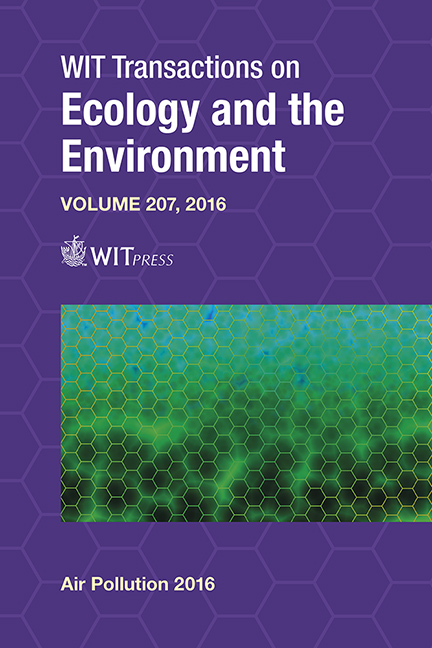A Critical Review Of The Robustness Of The UK Government’s Air Quality Plan And Expected Compliance Dates
Price
Free (open access)
Transaction
Volume
207
Pages
9
Page Range
1 - 9
Published
2016
Size
330 kb
Paper DOI
10.2495/AIR160011
Copyright
WIT Press
Author(s)
B. Williams, J. H. Barnes, T. J. Chatterton, E. T. Hayes, J. W. S. Longhurst
Abstract
Globally, poor air quality is the most significant environmental health concern. Across Europe, 400,000 deaths were attributed to air pollution in 2012, whilst in the UK over 50,000 deaths per year are due to a combination of gaseous and particulate matter air pollution. The deadline for achieving the EU limit value for NO2 was the 1st of January 2010, yet the UK remains non-compliant in 38 of 43 zones and agglomerations. As a consequence, in April 2015, the government was ordered by the UK Supreme Court to draw up new air quality plans to achieve the EU limit values in the shortest time possible. In response the UK government consulted on a draft national air quality plan, which estimated compliance with the EU Air Quality Directive by 2020 in all zones and agglomerations except London (compliance by 2025). The plan introduces the concept of a Clean Air Zone (CAZ) to address the non-compliant zones but overall has significant weaknesses in many zones and agglomerations and compliance by 2020 (and 2025 in London) is considered to be overly optimistic. The plan’s predictive models use vehicle emission factors that are not considered representative of actual driving conditions, and transparency in the data underlying vehicle fleet turnover calculations is lacking. The suitability of CAZ as a cornerstone of the plan is of particular concern. This contribution examines new evidence that challenges the robustness of the UK government’s air quality plan. If air quality within the UK is to improve within the shortest time possible, significant improvements in the analysis and proposed solutions will be required.
Keywords
air pollution, Air Quality Plan, COPERT, real-world driving emissions, Defra, CAZ, compliance, EU limit values, NOx, NO2





